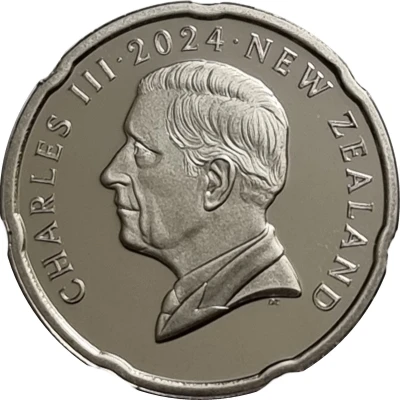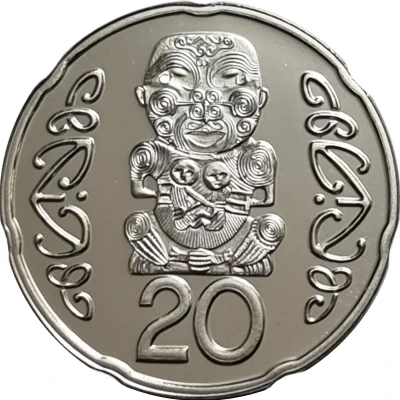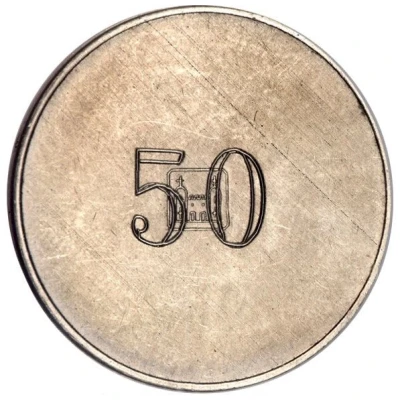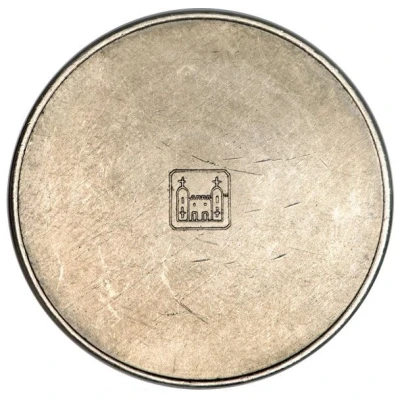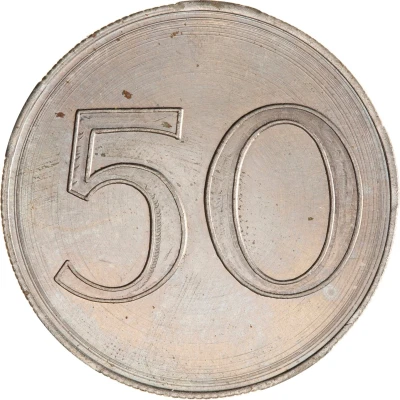
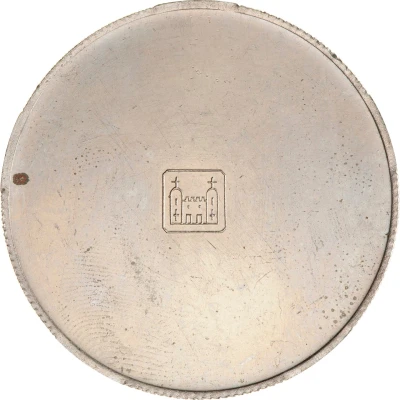

© Museum Victoria
50 Cents Pattern ND
1966 year| Copper-nickel | 13.415 g | - |
| Issuer | New Zealand |
|---|---|
| Queen | Elizabeth II (1952-2022) |
| Type | Pattern |
| Year | 1966 |
| Value | 50 Cents (0.50 NZD) |
| Currency | Dollar (1967-date) |
| Composition | Copper-nickel |
| Weight | 13.415 g |
| Shape | Round |
| Technique | Milled |
| Orientation | Medal alignment ↑↑ |
| Demonetized | Yes |
| Updated | 2024-10-06 |
| Numista | N#124071 |
|---|---|
| Rarity index | 100% |
Reverse
At centre, Royal Mint logo
Edge
Alternating milled and plain as used on adopted 50 cents coin
Comment
In 1959, a committee studied and reported on the introduction of decimal coinage in New Zealand, and in 1963 it was announced that the change to a decimal system would take place.
In 1963 Robert Muldoon became Under-Secretary to the Minister of Finance. He was responsible for the introduction of decimal currency into New Zealand. This trial for a 50 cent coin had the same diameter and edge milling employed as the coin that was released.
The Decimal Currency Act of 1964 prescribed the designs, diameters, and standard weights of the decimal coins, which first appeared in circulation on 10th July 1967.
Interesting fact
One interesting fact about the Pattern 50 Cents (Pattern) ND (1966) from New Zealand made of Copper-nickel weighing 13.415g is that it was designed by Reginald George James Berry, a prominent New Zealand artist and sculptor. Berry's design features a portrait of Queen Elizabeth II on the obverse, while the reverse depicts a Maori warrior holding a taiaha, a traditional Maori weapon. The coin was minted in 1966 as a pattern coin, meaning it was not intended for circulation but rather as a trial or sample coin. As a result, only a limited number of these coins were produced, making them highly sought after by collectors.
